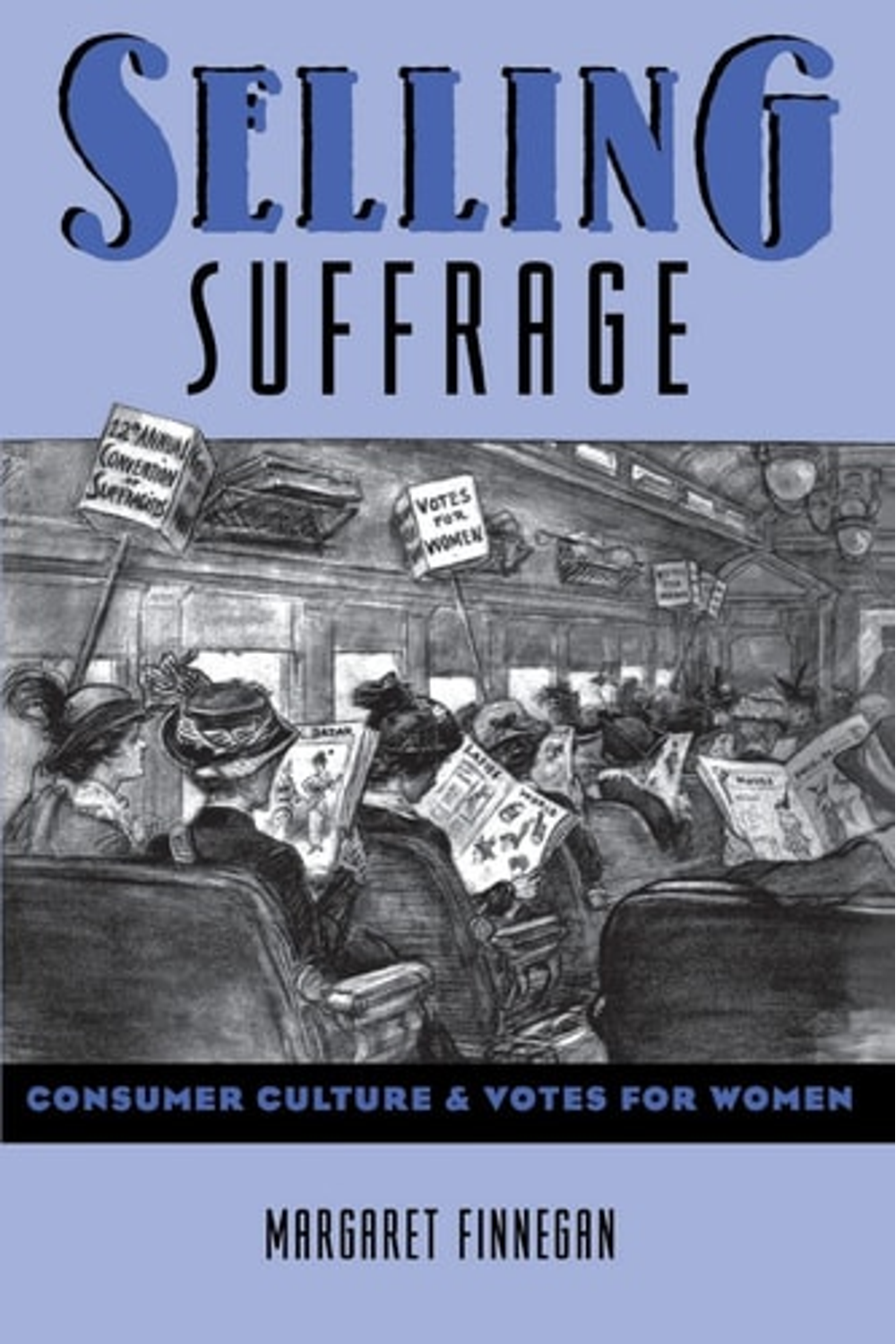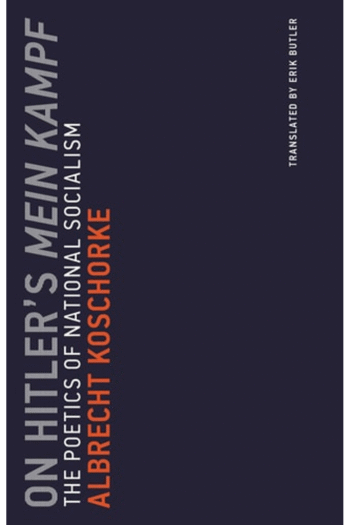Dive into the fascinating world where women’s suffrage met consumer culture with Margaret Finnegan’s *Selling Suffrage*. This insightful study explores how American suffragists, from the 1850s to the triumphant passage of the 19th Amendment, strategically embraced the rising tide of consumerism to advance their cause. By transforming the “Votes for Women” message into a marketable brand, they redefined the image of the suffragette. Finnegan meticulously examines how suffragists deployed innovative tactics from eye-catching parades and fashionable window displays to the clever use of suffrage-themed merchandise to capture public imagination and normalize the idea of female enfranchisement. Through meticulous research of period newspapers, organizational records, and personal accounts, *Selling Suffrage* reveals how activists deftly navigated the complexities of a burgeoning consumer society. Learn about the iconic “Womanalls”, Kewpie dolls, and other unusual items that became symbols of the movement. Discover the trade-offs they made as they aligned their political goals with the values of a consumer-driven society, and see how this strategy both advanced and complicated their broader social reform agenda. More than just a history book, *Selling Suffrage* provides a unique lens through which to understand the intersection of gender, politics, and consumerism in American history. Perfect for students and anyone interested in Women’s Studies, Political Science, or the history of American social movements. Published by Columbia University Press.
Selling Suffrage
26,01 $
In stock
Margaret Finnegan’s pathbreaking study of woman suffrage from the 1850s to the Nineteenth Amendment in 1920 reveals how activists came to identify with consumer culture and employ its methods of publicity to win popular support through carefully crafted images of enfranchised women as “personable, likable, and modern.”
Drawing on organization records, suffragists’ papers and memoirs, and newspapers and magazines, Finnegan shows how women found it in their political interest to ally themselves with the rise of consumer culture–but the cost of this alliance was a concession of possibilities for social reform. When manufacturers and department stores made consumption central to middle-class life, suffragists made an argument for the ballot by comparing good voters to prudent comparison shoppers. Through suffrage commodities such as newspapers, sunflower badges, Kewpie dolls, and “Womanalls” (overalls for the modern woman), as well as pantomimes staged on the steps of the federal Treasury building, fashionable window displays, and other devices, “Votes for Women” entered public space and the marketplace. Together these activities and commodities helped suffragists claim legitimacy in a consumer capitalist society.Imaginatively interweaving cultural and political history, Selling Suffrage is a revealing look at how the growth of consumerism influenced women’s self-identity.
| Authors | |
|---|---|
| Binding | |
| Condition | |
| ISBN-10 | 0231107390 |
| ISBN-13 | 9780231107396 |
| Language | |
| Pages | 240 |
| Publisher | |
| Year published | |
| Weight | 327 |
| Edition | Illustrated |
- Additional information
- Currencies
- USD – United States dollar
- EUR – Euro
- GBP – Pound sterling
- CNY – Chinese yuan
- BRL – Brazilian real
- MXN – Mexican peso
- JPY – Japanese yen
- PHP – Philippine peso
- THB – Thai baht
- PLN – Polish złoty
- CAD – Canadian dollar
- MYR – Malaysian ringgit
- AUD – Australian dollar
- TWD – New Taiwan dollar
- CZK – Czech koruna
- SEK – Swedish krona
- HUF – Hungarian forint
- ILS – Israeli new shekel
- CHF – Swiss franc
- HKD – Hong Kong dollar
- DKK – Danish krone
- SGD – Singapore dollar
- NOK – Norwegian krone
- NZD – New Zealand dollar





